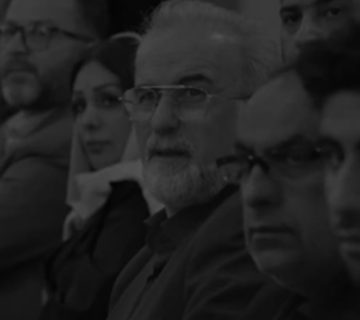Potatoes: A Legacy from the Andes to the World’s Plates
The potato (*Solanum tuberosum*) is more than just a simple food; it has a rich story of evolution, migration, and adaptation. The origins of its domestication date back to around 8000–5000 BC in the Andean region of South America (present-day Peru and Bolivia) (Spooner et al., 2005).
Origins and Genetic Diversity:
Genetic studies suggest that modern potatoes originated from one or more single domestication events in the Andean region (Kreiner et al., 2013). The ancient Inca societies not only considered potatoes to be a vital food source, but also incorporated them into their culture and rituals. The high genetic diversity of potatoes in this region reflects the long-term efforts of ancient farmers to select and breed the best varieties (Hijmans et al., 2007).
Entry into the Old World:
In the 16th century, Spanish conquistadors introduced the potato to Europe. However, its acceptance in Europe was met with resistance. Some people were afraid to eat it because of its association with poisonous plants of the nightshade family (Solanaceae). However, its high nutritional value and ability to grow in harsh conditions gradually made it a vital crop in Europe (Bourke, 1993).
Vital role and tragedy:
In the 18th century, potatoes became a staple food in Ireland. But this dependence also had dire consequences. In the 1840s, an outbreak of late blight (Phytophthora infestans) led to the Great Famine in Ireland. This disaster caused widespread death and forced the migration of millions of Irish people (Solar, 1989).
Potatoes in the modern era:
Today, potatoes are one of the most widely consumed food crops in the world. Breeding and the development of modern agricultural techniques have led to the production of a variety of potato varieties that can be grown in different climatic conditions. Potatoes are not only an important food source, but also have applications in various industries such as starch, alcohol and animal feed production (FAO, 2008).
References:
* Bourke, A. (1993). The Irish potato famine. Lilliput Press.
* FAO. (2008). The potato crop: Its agricultural, nutritional and social contribution to mankind. Food and Agriculture Organization of the United Nations.
* Hijmans, R. J., et al. (2007). Geographic and environmental association of crop wild relatives of potato (Solanum section Petota). Biological Conservation, 139(3-4), 334-347.
* Kreiner, J.M., et al. (2013). Evolutionary history of the potato. The Plant Genome, 6(3), 1-17.
* Solar, P. M. (1989). The great famine was no ordinary crisis: Comparing famine mortality rates in Ireland and France, 1630–1921. Research in Economic History, 12, 115-152.
* Spooner, D. M., et al. (2005). Origin, evolution, and dispersal of the potato. American Journal of Potato Research, 82(4), 259-267.



No comment